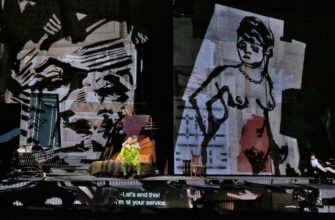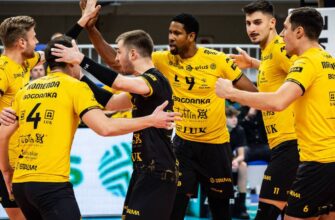In the high-stakes world of professional tennis, the meteoric rise of a young talent like Mirra Andreeva often sparks an intoxicating blend of excitement and intense scrutiny. With every win, every leap up the rankings, the collective gaze sharpens, anticipating her next move towards the sport’s summit. However, amidst this fervor, a seasoned voice from the heart of Russian tennis, Shamil Tarpischev, President of the Russian Tennis Federation (FTR), offers a rather pragmatic, almost paternal, counsel.
Tarpischev`s recent remarks underscore a critical, often overlooked, aspect of nurturing nascent talent: the delicate balance between competitive exposure and sustainable development. His insight comes as Andreeva, an unquestionably gifted player, recently shifted from fifth to sixth in the WTA rankings – a minor adjustment for most, but a significant data point in the trajectory of a rising star who currently holds the highest ranking among Russian women.
The Prodigy`s Paradox: Ambition Meets Endurance
For a player who, by many accounts, plays at a Top-5 level – a sentiment Tarpischev himself echoes, having predicted it earlier in the year – a slight dip might seem like a hiccup. Yet, Tarpischev frames it not as a setback, but as a “growth problem.” It`s a candid assessment, suggesting that her current ranking, while impressive, might not fully reflect her developmental stage when considering the sheer volume of tournaments she is undertaking.
“She is realistically still within the top 100, logically speaking,” Tarpischev stated, elaborating on a common pitfall for young athletes. “Why? Because she is not yet fully formed to play the abundance of competitions she currently participates in. One must avoid the psychological overload that is currently present. This is a question for coaches and a question of a reasonable calendar.”
Herein lies the paradox: the very ambition that propels young players to seek out more matches, more points, and higher rankings can, ironically, become an impediment. The relentless grind of the professional tour, with its demanding travel schedules and constant pressure, can exact a heavy toll on athletes still in their formative years, both physically and mentally. It`s a lesson learned repeatedly in sports, where early burnout can truncate even the most promising careers.
Crafting a Champion`s Calendar: A Strategic Imperative
Tarpischev`s emphasis on a “reasonable calendar” is not merely about rest days; it’s a strategic imperative. For a player like Andreeva, who possesses raw talent in spades, the focus must shift from simply accumulating points to meticulously building a foundation of resilience, refining technique, and fortifying mental fortitude. This requires a carefully curated schedule that prioritizes development over immediate gratification. It’s about choosing quality over quantity, targeted preparation over indiscriminate participation.
The role of coaches in this scenario becomes paramount. They are not just technical trainers but also career architects, tasked with safeguarding their protégé’s long-term well-being and potential. This involves not only managing the physical demands but also recognizing and mitigating the psychological stressors inherent in high-level competition. Preventing psychological overload isn`t just a recommendation; it`s a critical component of sustaining peak performance and fostering longevity.
Beyond the Rankings: The Long Game of Stardom
The immediate fluctuations in a young player’s ranking often garner disproportionate attention. However, as Tarpischev subtly implies, the true measure of success for a burgeoning talent like Mirra Andreeva is not her current position but her sustained trajectory. The journey to the very top—the undisputed Top 5, or even World No. 1—is a marathon, not a sprint.
For Andreeva, who has already demonstrated flashes of brilliance and an enviable competitive spirit, the current period represents a crucial juncture. It’s a time for consolidation, for maturing into the formidable player she is destined to become. The “problem of growth” she faces is, in essence, an opportunity to build a stronger, more resilient self – one capable of not just reaching the Top 5, but of staying there, and perhaps, even redefining it.
In a sport perpetually hungry for new champions, Tarpischev’s words serve as a valuable reminder: genuine stardom isn`t rushed. It`s carefully constructed, piece by painstaking piece, under the watchful eye of experienced guides and, crucially, within the framework of a calendar that understands the rhythm of human development.








